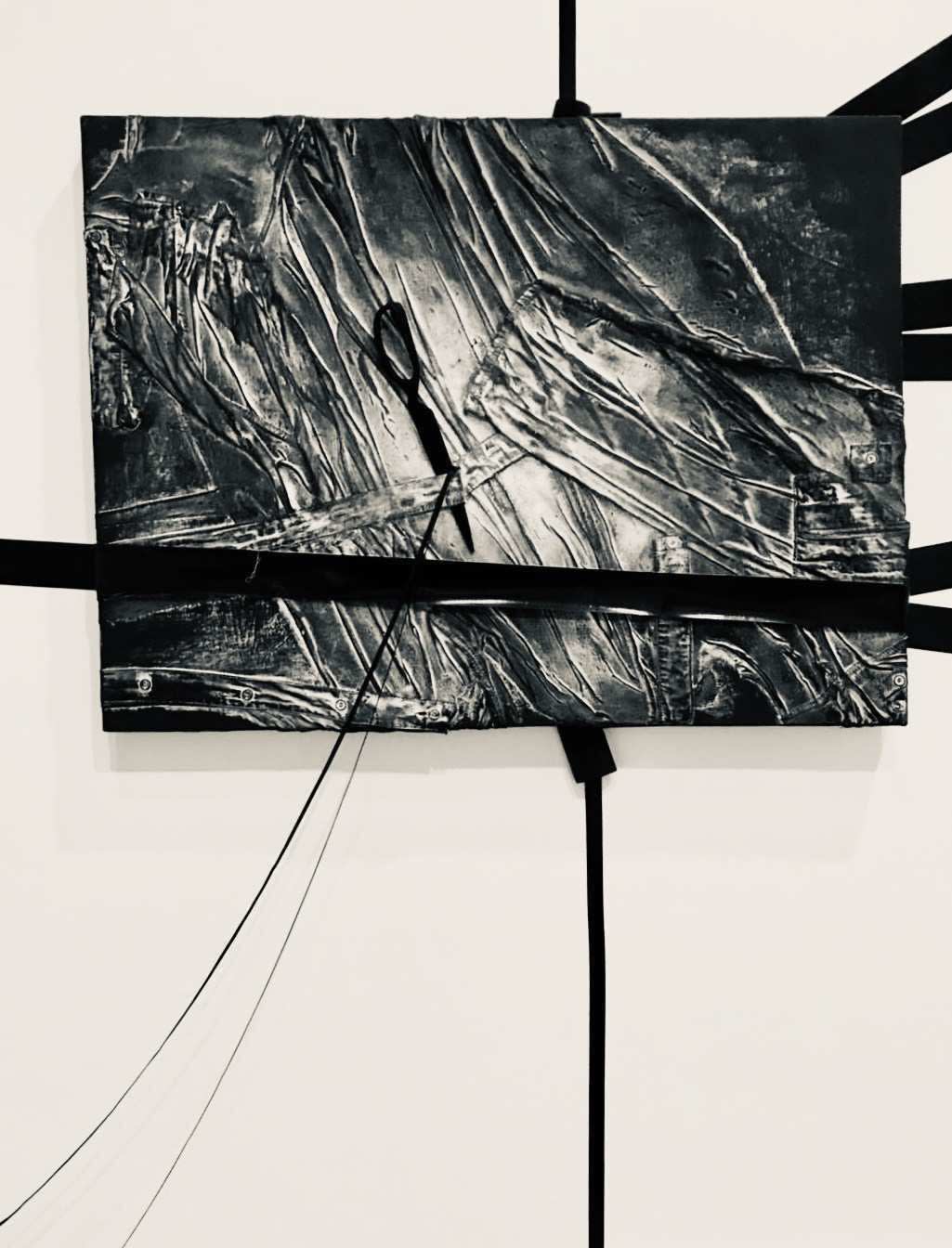Present Tense: Task of Remembrance
Venue: Chinese Culture Center of San Francisco
Exhibition Period: April 27 - December 21, 2019
The Chinese Culture Center of San Francisco (CCCSF) presents the latest iteration of its Present Tense Series with a group art exhibition that reflects on the complexity, gravity, and responsibility of remembering. Marking the thirtieth year since the global, cultural, and political upheavals of 1989, including the student protests in Tiananmen Square, the Loma Prieta Earthquake, and the fall of the Berlin Wall. Gathering 14 artist from around the world, Present Tense 2019: Task of Remembrance looks broadly at struggles for freedom, the weight of history, and the ways artists and their communities build and engage with memory.
The exhibition’s artists work together to explore the responsibility of remembering, especially in light of threats to democratic forms of government, rising global xenophobia, the impact of regressive policies on the lives of migrants and refugees, and the retrenchment of systematic violence and racism.
Working in a variety of media from sculptural installation to experimental film, participating artists, art collectives, and arts organization include the Asian American Arts Centre, Sofía Córdova, Yan Jun, Hung Liu, Ming Mur-Ray, Lam Tung-pang, Related Tactics, Xu Tan, Tina Takemoto, Jenifer Wofford, Gao Xia, Li Xiaofei, Wu Yuren, and Stella Zhang.
Learn more --
https://www.theartnewspaper.com/interview/an-artist-s-memories-of-tiananmen-square
https://www.kqed.org/arts/13866698/artists-excavate-the-events-of-1989-in-cccs-task-of-remembrance
Artist's Statement
Sealed Memory
Memory is complex. Time and reflection can both blur and clarify events. But another kind of memory is the memory that can’t be erased. After all these years, the dust has not settled. Memory is hard, but I cannot turn away from it. It has continuously lingered with me influencing my perspective on the world as well as my art. I witnessed history, was apart of it, and it shaped me.
1989 was my final semester of college. Many important events transpired that year. My college was 30 minutes walking distance from Tiananmen Square. As student demonstrations began and grew, we walked to the Square often. Because of our many visits, I felt that Tiananmen Square was very close, not only in distance, but in spirit to the campus of the Central Academy of Fine Arts. I soon began to feel that as I was walking between the school and the Square, I was traveling between the ideal and reality.
In the summer of that year, I began to take pride in my identity. I wore my own clothes celebrating my own personal style. I made them myself. This was an expression of a kind of youthful pride, and although not perfect, it was unique.
As I watched and experienced those days in June of 1989, I knew there was no place for me in my own culture, in my own country. Of course, our graduates of Central Academy did not have a graduation exhibition after the June 4th incident, and most left school.
I have since moved to and lived in both Japan and the United States. My Chinese memories have become precious and have been preserved during my experiences in different cultures.
How does one define youth? Is it unlimited dreams, unforgettable stories, and a stubbornness that cannot be detered? I remember assembly and protest evolving into violent suppression, tragic endings and subsequent bans. The memory is fixed in a state of extreme sadness. It lingers like a book that can’t be opened. I remember, but it is a sealed memory, very sensitive yet very violent.
When people ignore violence, or choose to forget, or become indifferent, this contributes to the problem. It creates anxiety in every corner of the world. It migrates into our consciousness whether we are aware of it or not and effects our daily lives. Many try to forget, and over time don't care anymore. Violence is not a historical anomaly. On the contrary, violence can actually be said to be the normal state of history. We see our world becoming more violent. War is everywhere. People suffer in the name of greed and power. This cannot help but to contribute to our collective unconscious, our sense of memory. We leave this to you to consider.
This installation is part of my sealed memory.
Stella Zhang
June 2019




